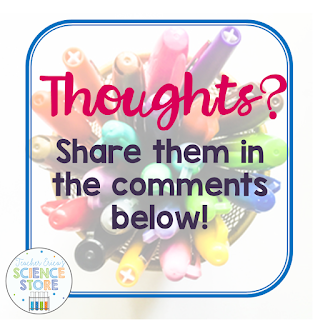New year, new you, amirite?
I wanted to pop in and write a quick post about my goals for the year.
I have been seeing all over the internet the idea of choosing a word for your year instead of resolutions, and I absolutely love it!
Of course, that is not enough- I have also been working on goal setting using the S.M.A.R.T. technique.
So for 2018, my word is FOCUS.
Being a mom, teacher, wife, scientist, runner, PERSON can get overwhelming. After my second daughter was born, people would ask how it was going. My word then was
relentless. The demands were never ending; a constant wave after wave of everyone else's needs.
But I did not choose that word, life, at that time, had chosen it for me.
Now that my girls are older, I am able to move back into making myself and my goals more of a priority.
In choosing the word FOCUS, I am making the decision to intentionally work on my goals.
Next, I tackled my goals for the year.
S.M.A.R.T goals are ones that are specific, measurable, attainable, relevant and timed. This makes you have to be more accurate than just saying "I want to be healthier".
Bear in mind that the more time and thought you put into making your goals S.M.A.R.T., the more likely you will be able to reach them.
I separated my goals into 3 categories- personal, school and business, and limited them to no more than three in each category.
Personal -
1) Run Broad Street 10 miler in May and the Half Marathon in November
2) Lose 15 lbs
3) Run a 5k each month
Business-
1) Reach and keep a minimum income until the beginning of next school year
2) Get my business parts streamlined
School-
1) Create a cohesive yearly curriculum for all classes that incorporates my values
2) Create a classroom that feels like an "internship" style room that encourages students to become problem solvers and inventors
3) Create a more interactive system of work using the digital tools I am required to use
 |
| My personal goals laid out in my bullet journal |
For all of these goals, I went through and identified how I will measure success in each one, what steps I will take to achieve them, why achieving that goal is worth it and a date when they should be completed.
This took me a few days- I kept writing and revisiting them over and over until I was satisfied.
The toughest ones will be the school goals- this is my first year in this school and with this subject (STEM taught in PBL manner) so it was hard to put into words what I wanted. For a couple of my goals, I am still unsure how they will be measured, so that is still a work in progress.
I also created pages in my bullet journal for tracking the steps to my goals, and check in points where I can re-evaluate as I go. Because, life...
So far, I feel empowered and on track! I have an incredibly positive feeling about my goals and the steps I have already taken, that at times I almost have to hold myself back from rushing forward to complete the next step!
But, then, I focus.
I take a close look at the step I am at. Am I on track?
Am I completing this step to the best of my ability, or to it's full end, before rushing along?
I remind myself, I took a lot of time and careful thought to ensure that I have time to complete everything.
I think this year will be good.
What word, goal or resolution did you make? Do you have a plan to achieve it?
Comment below and share it with us!




















